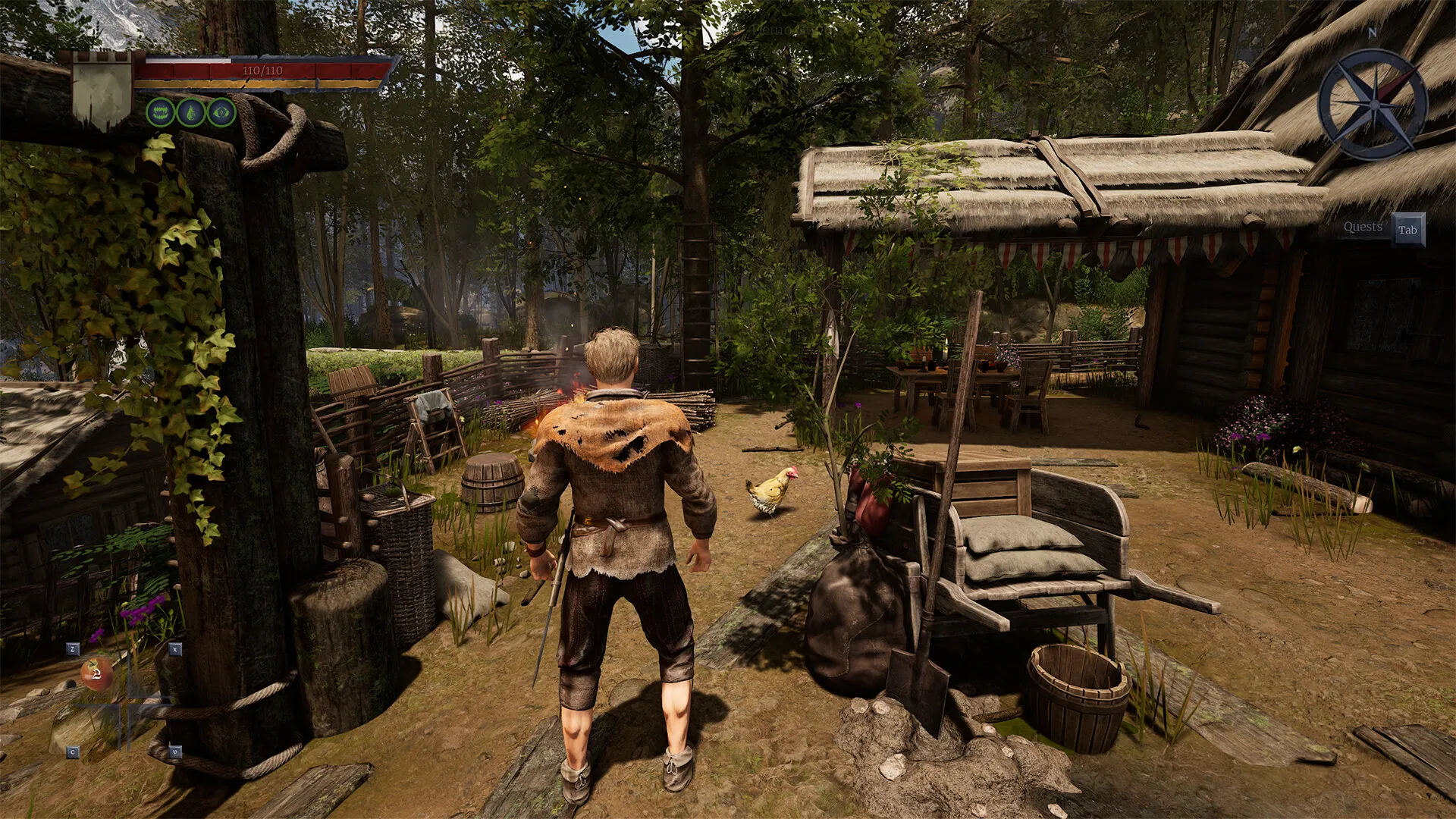Of Ash and Steel is not just another medieval RPG with cinematic battles and grim fantasy lore. What makes the game stand out is its dynamic faction system a constantly shifting web of alliances, betrayals, political leverage, and territorial control. For new players, faction conflict feels overwhelming. For experienced players, it becomes the true battlefield where strategy matters more than sword swings.
This guide focuses on how to master faction conflicts, one of the most complex and misunderstood systems in Of Ash and Steel. Instead of giving generic tips, this article breaks down the mechanics, timing, diplomacy, war preparation, and internal faction dynamics that determine whether you rise as a respected commander or get erased from the world map.
Below, you will learn ten crucial phases of faction mastery, each progressing logically from beginner understanding to late-game domination.
Understanding the Faction Power Structure
The Three-Pillar Framework
To master faction conflict, you must understand how each faction’s strength is calculated. The system is based on three pillars:
- Territorial Control
- Leadership Authority
- Resource Economy
These pillars determine whether a faction is passive, defensive, or aggressively expanding. A player who ignores this structure makes decisions blindly.
Recognizing Hidden Strength
A faction with few lands can still be more powerful than one with a larger map presence. Hidden strength comes from:
- Veteran commanders
- Prestige bonuses
- Rebellion resistance
- Hero units with faction loyalty
Learning to “read” the power structure is the foundation of conflict mastery.

Identifying Your Strategic Role
Choosing Your Character’s Influence Path
Your role in a faction depends on your background class, reputation, and early decisions. You can become:
- A military strategist
- A political advisor
- A frontline commander
- A covert agent
- A trade diplomat
Each role shapes how you influence conflicts.
Building Influence Through Actions
Influence isn't granted — it's earned. To rise quickly:
- Win small-scale skirmishes
- Complete faction-specific contracts
- Aid in internal disputes
- Deliver resources during shortages
Your role determines which actions gain influence fastest.
How to Read Political Tension Before War Starts
The Warning Signs You Must Not Ignore
Faction wars rarely start suddenly. The game gives subtle triggers:
- Increased border scouting
- Leadership meetings
- Sudden spikes in faction taxes
- Movement of elite units
- Unusual supply caravans
Recognizing these warning signs gives you time to prepare.
Predicting Who Will Strike First
Study each faction’s behavioral pattern. Some strike early, others retaliate aggressively, and some wait for an opportunity. Understanding these patterns lets you anticipate conflict with strategic precision.
Preparing for War at the Perfect Moment
Timing Your Preparations
The worst mistake is preparing too early or too late.
Prepare too early → wasted resources.
Prepare too late → guaranteed defeat.
The perfect preparation window is when political tension reaches medium but not high. This is when you can gather troops without raising suspicion.
What You Must Prepare
Minimum preparation checklist:
- Reinforced border garrisons
- Emergency food reserves
- Crafted siege materials
- Secured escape routes
- Positioned scouts at choke points
Prepared players control the first phase of the war.

Mastering Diplomacy to Manipulate Faction Outcomes
Strategic Use of Influence
Diplomacy in Of Ash and Steel is not just dialogue — it's manipulation. With enough reputation, you can:
- Delay a war
- Accelerate a conflict
- Change target factions
- Undermine rival commanders
- Secure foreign support
Use influence like a weapon.
Choosing Alliances That Matter
Not all alliances are equal. Good alliances share:
- Border positioning
- Mutual enemies
- Trade routes
- War ethos
A poor alliance can pull you into unnecessary wars.
How to Command Armies Efficiently in Faction Wars
Leading Units With Purpose
Experienced commanders avoid random engagements. Every unit must have a defined purpose:
- Shock infantry open lines
- Archers disrupt formations
- Cavalry ambushes flank routes
- Shield units control chokepoints
Purpose-driven command wins battles.
Understanding Terrain Advantage
Terrain changes everything.
Use forests to hide ambush squads.
Use hills for archer superiority.
Use villages for defensive formations.
Terrain mastery is more valuable than troop numbers.
Using Espionage to Control War From the Shadows
Recruitment of Covert Units
Espionage is the most underused system in the game. Recruit spies early and deploy them for:
- Sabotage
- Resource theft
- False rumor spreading
- Tracking enemy commanders
Espionage often wins wars without large battles.
Manipulating Morale
A faction with low morale collapses.
Spread propaganda, disrupt food routes, or remove charismatic enemy leaders.
If morale drops below 50%, the enemy faction begins losing battles even with superior numbers.

Internal Faction Management During War
Keeping Your Faction Stable
Wars strain your faction internally. Expect:
- Internal rebellions
- Commander jealousy
- Population anger
- Supply shortages
Your job is to stabilize the faction mid-war.
Rewards and Punishments
Reward loyal units with gear. Punish deserters publicly. Promote talented captains. A balanced reward-punishment system maintains discipline.
How to Win Sieges and Conquer Strategic Strongholds
Attacking Strongholds
Sieges are the most decisive moments in faction wars. To win:
- Cut supply lines first
- Build siege towers before catapults
- Use fire barrels at night
- Disable the gate reinforcement team
A successful siege weakens the enemy permanently.
Defending Strongholds
On defense, your priorities shift:
- Assign archers to elevated walls
- Rotate troops to prevent exhaustion
- Keep repair crews active
- Use boiling oil sparingly
Siege mastery decides long-term dominance.
Achieving Total Faction Domination
The Final Phase of Conquest
Domination is not about destroying every faction. It is about:
- Securing economic superiority
- Controlling three major strongholds
- Installing loyal commanders as governors
- Maintaining high morale
Domination ends the war naturally.
Preserving Your Legacy
Once domination is achieved, secure your political legacy by:
- Creating alliances with rising factions
- Establishing peace treaties
- Collecting tribute
- Strengthening borders
Your legacy determines future generations of leaders.
Mastering faction conflict in Of Ash and Steel requires understanding political tension, manipulating diplomacy, choosing perfect war timing, controlling armies intelligently, and maintaining internal faction stability. Victory is not earned in a single battle it’s the result of dozens of strategic decisions that create long-term momentum.
If you approach faction conflict with patience, reading the signals before war starts, mastering espionage, and winning decisive sieges, you will rise as one of the most feared and respected commanders in the entire realm.

















